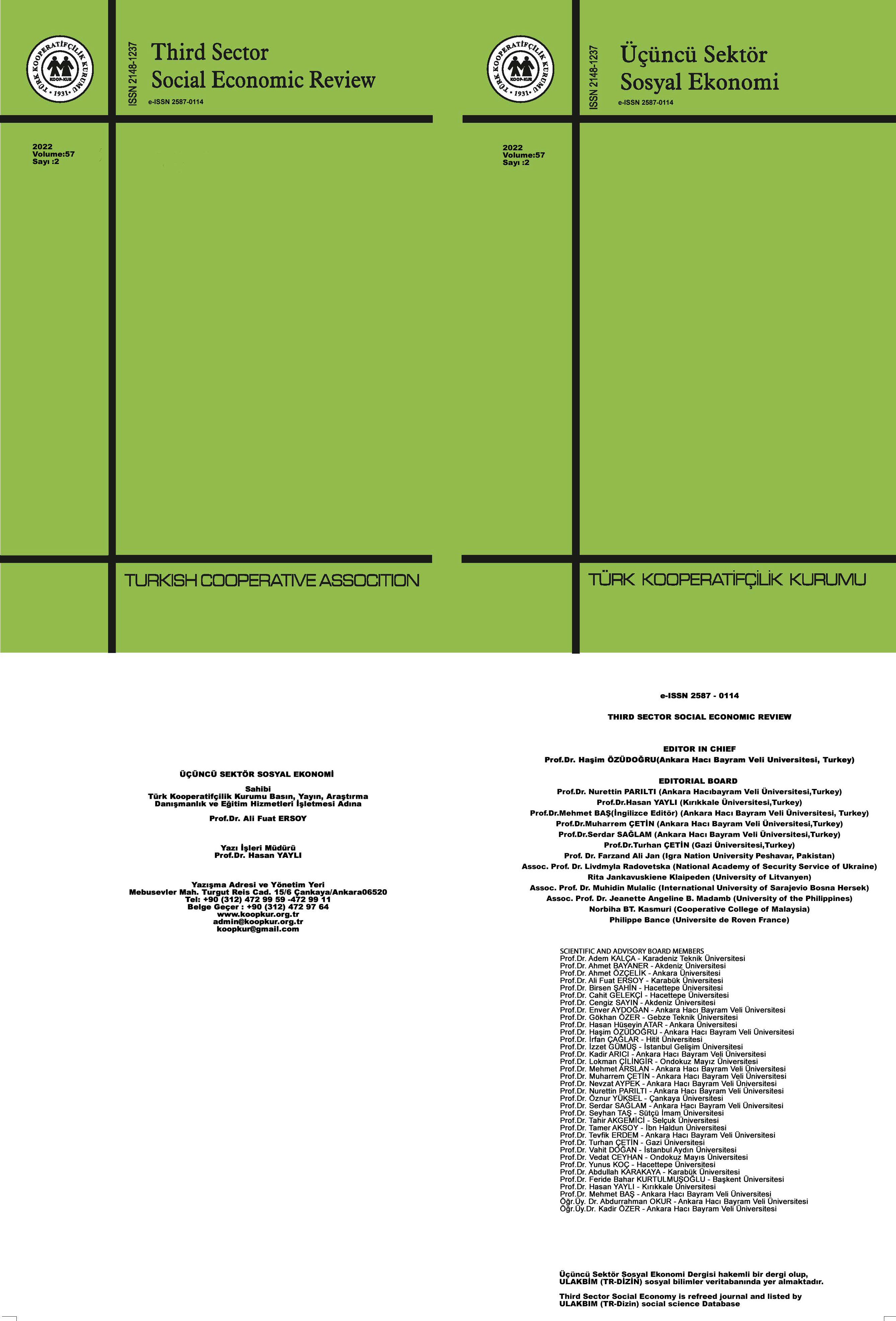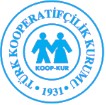MÜCEVHERAT SATIN ALAN HANELERİN ÖZELLİKLERİ: MAKİNE ÖĞRENMESİ PERSPEKTİFİ
DOI:
https://doi.org/10.15659/3.sektor-sosyal-ekonomi.22.06.1827Anahtar Kelimeler:
Pazar araştırması- lüks tüketim- mücevherat tüketimi- makine öğrenmesi.Özet
Yıllık olarak 300 milyar dolar’dan büyük ve büyümeye devam eden mücevherat pazarı, lüks tüketimde önemli bir yere sahiptir. Mücevherat pazarlaması ve tüketimi literatürde daha çok nedensellik perspektifinde, “insanlar neden mücevher alır?” benzeri sorularla ilgilenilmiştir. Bu çalışma, araştırma sorusu olarak “Mücevher satın alımı yapılan hanelerin karakteristik özellikleri nedir?” sorusuyla farklı bir perspektif sunmaktadır. Çalışmada Türk İstatistik Kurumundan (TÜİK) alınan üç yıllık hanehalkı harcama verileri kullanılmış ve kullanılan veriler enflasyondan arındırılmıştır. Ardından kümeleme analiziyle eldeki veri sınıflandırılmış, sonrasında ise CHAID algoritmasıyla karar ağacı oluşturulmuştur. Yazarların bilgisine göre bu metodoloji mücevherat pazarlaması alanında daha önce kullanılmamıştır. Çalışmanın sonuçlarına göre orta ve düşük gelirli hanelerde ağaç yapısı ve dallanmalar bulunmuş, mücevher satın alma olasılığı en yüksek ve en düşük hane tipleri belirlenmiştir: genç ve yüksek eğitimli hane reislerine sahip düşük ve orta gelirli hanelerin mücevher satın alma olasılığının daha yüksek olduğu görülürken en az olası grupların ise daha az eğitimli ve 60 yaş üstü hane reisinin bulunduğu haneler olduğu görülmüştür. Yüksek gelirli hanelerin mücevher satın alma davranışı açısından homojen olduğu görülmüştür.






